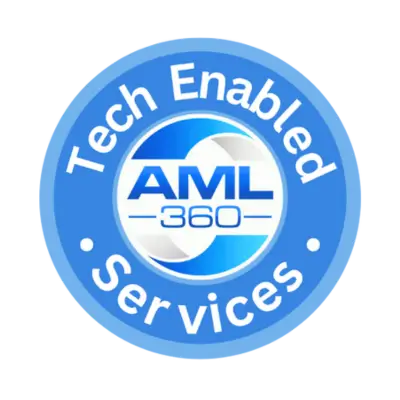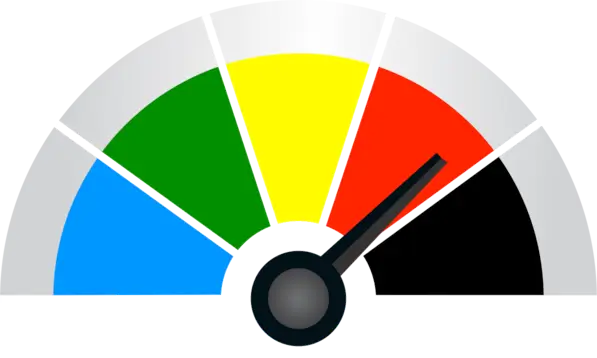
AML/CFT Software for Ongoing Compliance Reporting
The role of an Anti-Money Laundering Compliance Officer has many responsibilities. Most importantly, an Anti-Money Laundering Compliance Officer must be able to monitor client activity, manage 'red flag' alerts and keep management informed of the AML/CFT compliance status.
AML/CFT Compliance Reporting
Anti-Money Laundering Compliance involves risk analysis and management of risks that increase the likelihood of money laundering and/or financing of terrorism.
To ensure a business can keep on top of compliance obligations, a structured reporting framework should have the capability of detecting weaknesses and reporting by alerting the Anti-Money Laundering Compliance Officer.
AML360 Software ensures a business operates with customised reporting thresholds that are flexible to changes in regulations.
AML/CFT Software for Management Reporting
AML/CFT Supervisors expect Board members, executives and senior managers to know their firm’s AML/CFT risks and compliance status with anti-money laundering laws.
AML360’s AML/CFT Compliance Software can assist in keeping management informed with little effort. Data filters are available to drill down and expand on a focused area of management interest.
By automating compliance reporting, the Anti-Money Laundering Compliance Officer’s role can focus on other areas requiring their expertise.
AML/CFT Software versus Manual Processes
If a business is not utilising AML/CFT software, the Anti-Money Laundering Compliance Officer is likely to be relying on labour-intensive processes.
When an anti-money laundering compliance framework relies on manual processes, ongoing monitoring and management reporting are often inadequate.
AML/CFT compliance software can alert when client activity is considered unusual or suspicious. A manual process for client activity monitoring will absorb significant costs in human resourcing.
Anti-Money Laundering Compliance Software can significantly reduce the burden of an AML/CFT Compliance Officer.

Achieving Compliance Effectiveness
Anti-money laundering regulatory technology can be configured to thresholds aligned to the nature, size and complexity of the business.
When AML/CFT Compliance Software is tested for suitability, the role of the AMLCO becomes more focused on matters that require their expertise.
Administrative burdens of reporting, tracking, monitoring and record keeping are automated.
By relying on streamlined processes, an anti-money laundering compliance programme is easier to maintain.
AML/CFT Software Testing
There are many types of software for anti-money laundering compliance. The AML/CFT Compliance Officer must have adequate knowledge to test the AML/CFT software for adequacy.
Testing of thresholds and reporting structures should align to the nature, size and complexity of the business entity.
Demonstrating Evidence-Based AML/CFT Compliance
Anti-Money Laundering Compliance Software must be able to demonstrate outputs achieve regulatory expectations.
AML360 AML/CFT Software has been designed by anti-money laundering compliance professionals to automate best practice reporting structures.
The AML360 Platform acts as a Digital Anti-Money Laundering Compliance Officer. The software completes (a) AML/CFT business risk assessments, (b) client risk profiling, (c) internal reviews and (d) management reporting.
AML360 is the best AML/CFT Software for governance, risk and compliance obligations.
